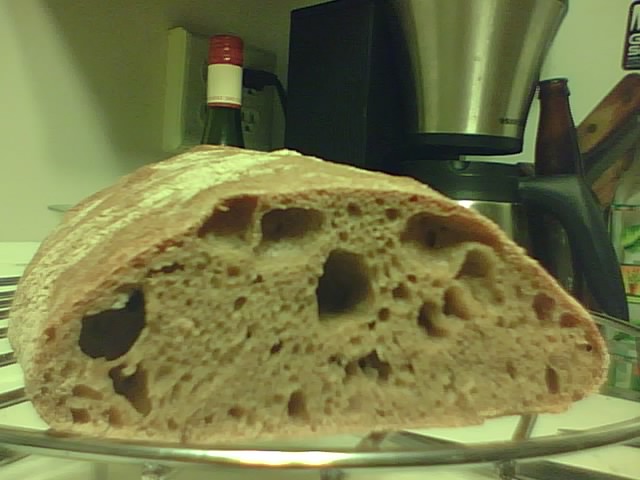Essential's Columbia

From Maggie Glezer's Artisan Baking, you can find recipe here: http://www.thefreshloaf.com/node/16020/essential039s-columbia
- Log in or register to post comments
- 6 comments
- View post
- txfarmer's Blog

